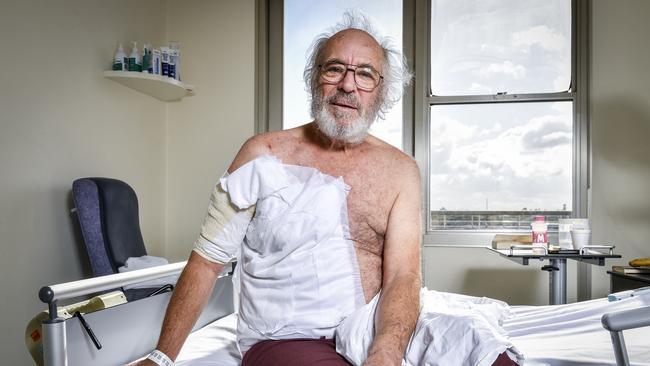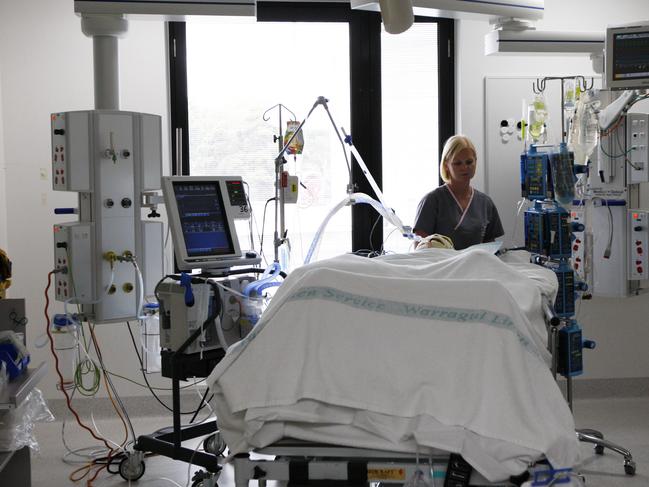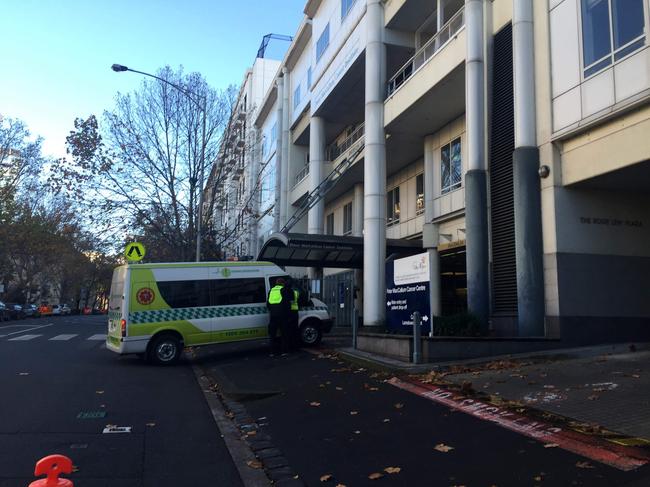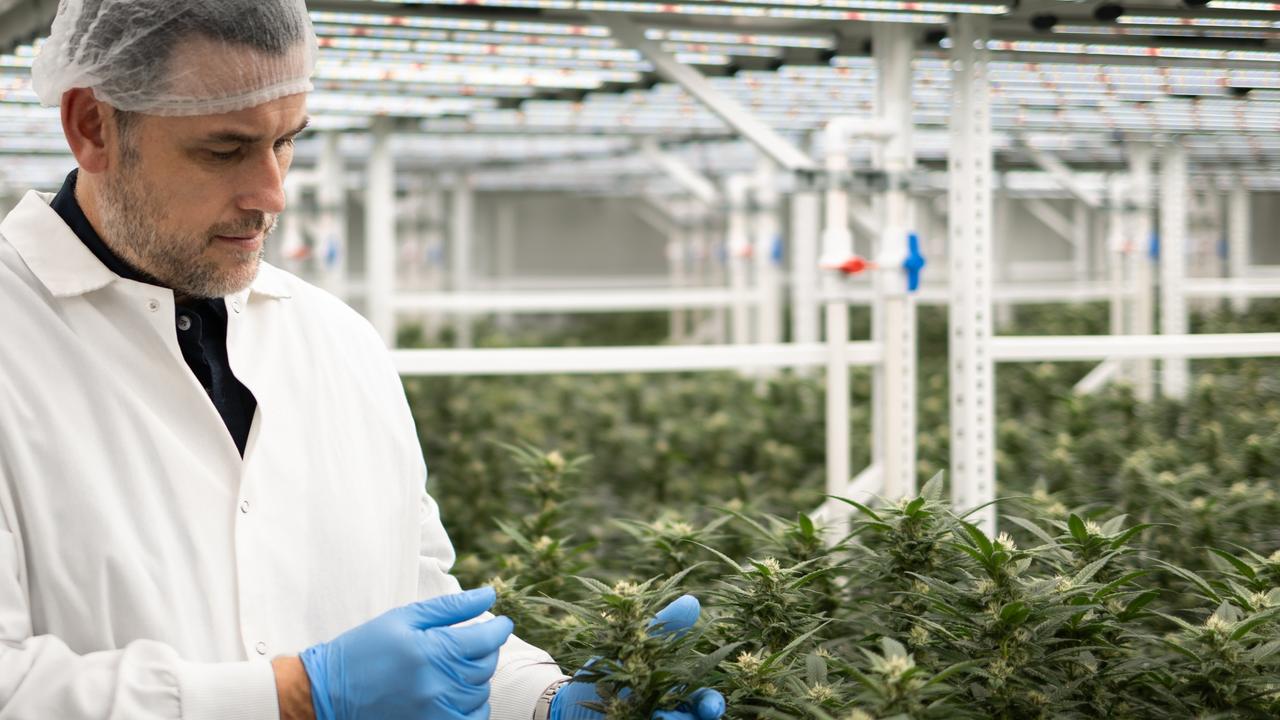Victorian burns patients at higher risk of infections and complications
The state’s top burns specialists warn Melbourne’s services have fallen a long way behind international standards, putting patients at higher risk.

Victoria
Don't miss out on the headlines from Victoria. Followed categories will be added to My News.
A major push has begun for a purpose-built specialist burns centre amid concerns Victorian patients are being denied the best care due to a lack of resources and a fragmented system.
The state’s top burns specialists are urging the Victorian Government to investigate a new world-class stand-alone unit ahead of this year’s election, warning Melbourne’s existing services have fallen a long way behind international standards.
They are backed by a new report that found the current care of Victorian burns patients is hampered by a disjointed system that raises the risk of infections and complications.
Due to the complexity of injuries and the high risk of infections, international guidelines stipulate burns patients should be treated by specialist staff in closed facilities with purpose-designed single-bed suites equipped with specially designed ventilation systems.
However, the state’s leading burns unit – the Victorian Adult Burns Service at The Alfred Hospital – is housed in an open ward that is shared with other patients, and does not have its own operating theatre, intensive care capabilities or even dedicated nursing and rehabilitation staff.

Head of the unit Professor Heather Cleland said reform was urgently needed to allow emergency treatment, a dedicated nurse unit, surgery, burns-specific ICU beds, rehabilitation and outpatient care to be brought together in a stand-alone centre.
“The way forward has to be a sort of holistic look at the infrastructure which, in comparison to even other states in Australia and New Zealand, it’s a model that is not considered best practice,” Prof Cleland said.
“There has to be a sort of a recognition that this is not what a burns unit should look like in a high income country in the 21st century.
“Staffing and the model of care comes into play as well because these people need very close monitoring over the first days and after hours is when our most severe burns patients come in.
“So there it’s a sort of the interplay of infrastructure staffing model and resource allocation is not quite right at the moment.”
A McKell Institute Victoria report into the state of Victoria’s burns care revealed patients spend 25 per cent on average longer in hospital than the national average, indicating a higher rate of complications.
But while NSW, Queensland, West Australian and New Zealand have specialist units, severe Victorian patients typically have to move between emergency departments, the burns unit, surgery for skin grafts and separate rehabilitation centres during months of care.
Each year 5000 people attend Victorian emergency departments with burns, while 300 with highly complex injuries are admitted to The Alfred’s service that also caters to 1000 outpatients.
McKell Institute executive director Ryan Batchelor said it was vital the Victorian government begin a business case to weigh up the costs and benefits of a purpose-built burns service, as well whether The Alfred or another major Melbourne hospital was the best location.
While it may not require a separate building the scale of the $560 million Victoria Heart Hospital or the Victorian Comprehensive Cancer Centre, Mr Batchelor said it was important to give burns patients the most appropriate settings such as negative pressure rooms that would also attract specialist staff and promote research.

“These stand-alone centres fully integrate care from the presentation of the emergency department through surgery, through inpatient care and also outpatient rehabilitation because the scars take a long time to heal and require careful management,” Mr Batchelor said.
“There is a bit of a mismatch between what happens in Victoria and what occurs internationally with that full spectrum of care.”
Head of plastic and reconstructive surgery at Monash Health Dr Michael Leung, who previously led the same unit at The Alfred and works to reconstruct burn injuries, said Victoria needed a specialist centre rather than disconnected treatments scattered across the state.
“The situation with burns in Victoria is it’s always in the mixed ward – for special needs that the burns patients have, this is not 100 per cent,” Dr Leung said.
“It is time for us to look into the future with the increase in the number of referrals.
“We always talk about burns patients in terms of events like Black Saturday, but burns are
a lot more common than we think and they all need some expert care.
“It’s time that we look at the burn treatment as a whole pathway including the acute burns, the rehabilitation, the reconstruction, as well as the research side of things.”




